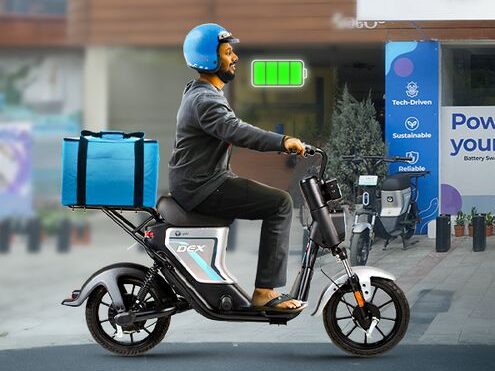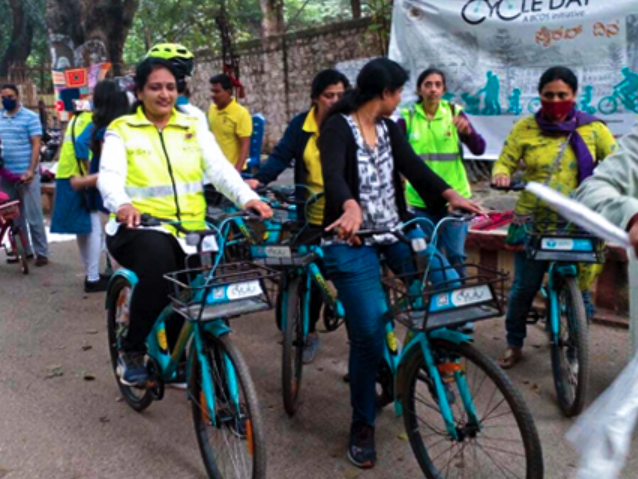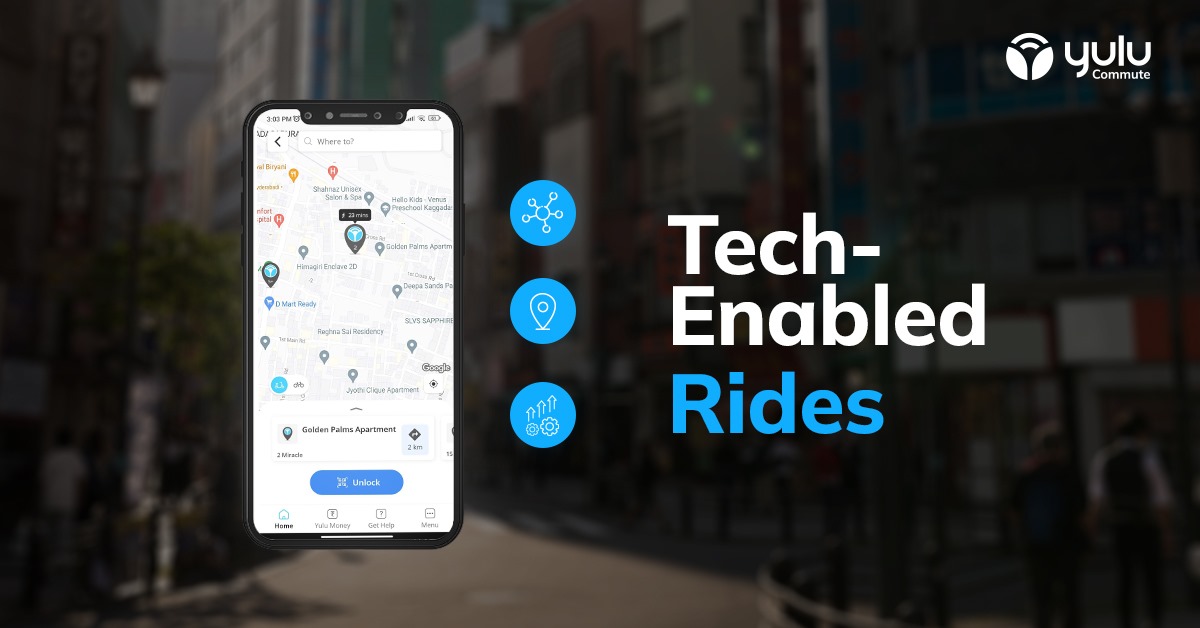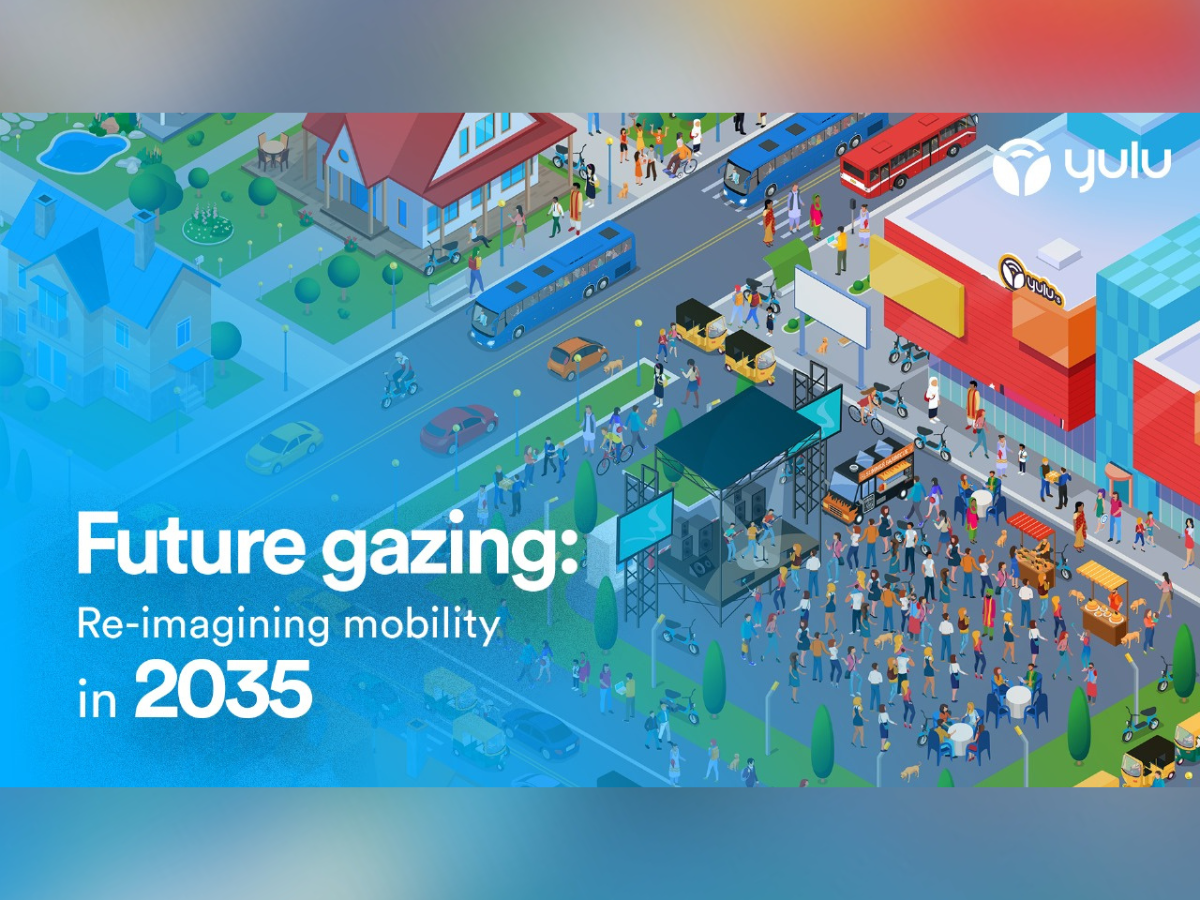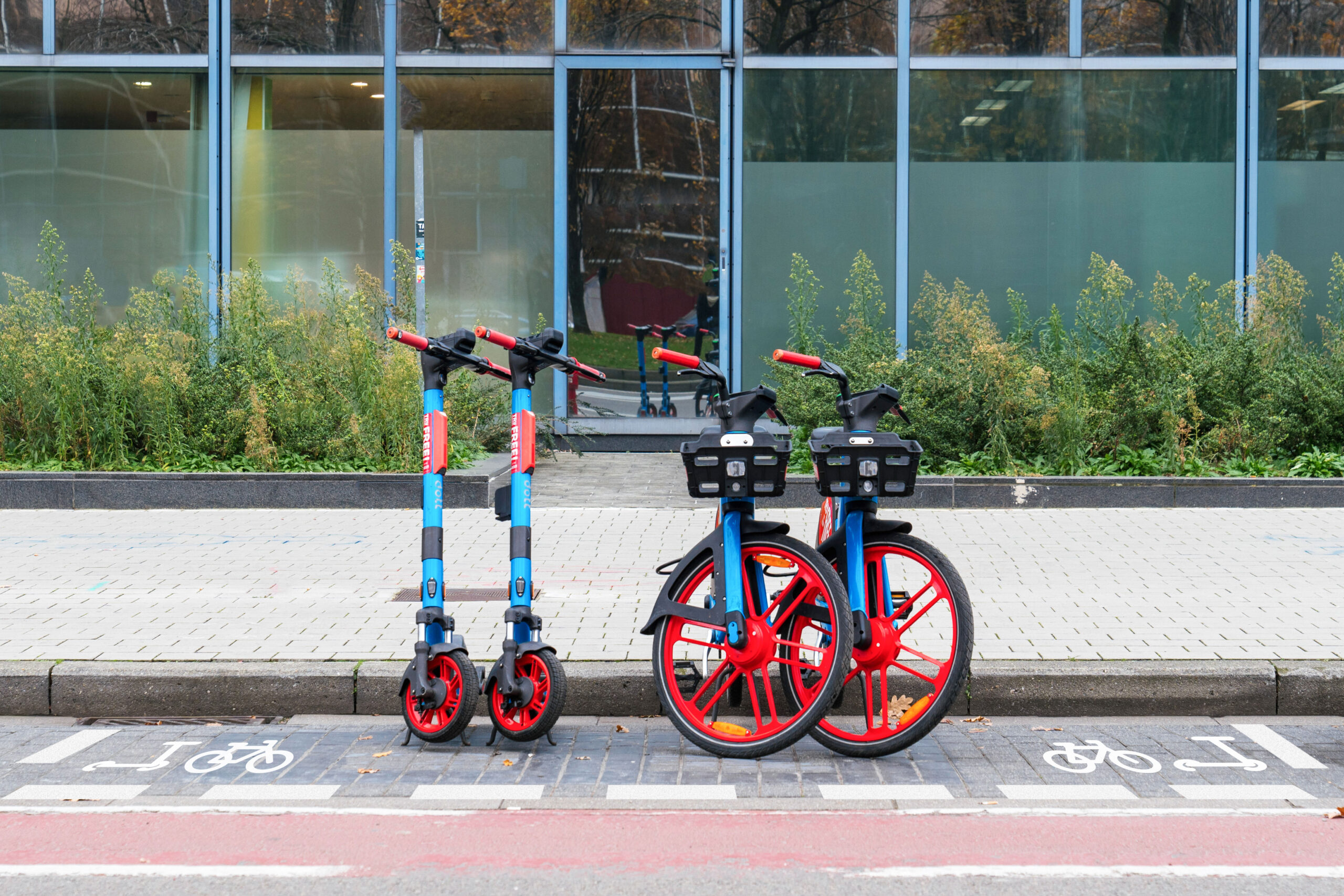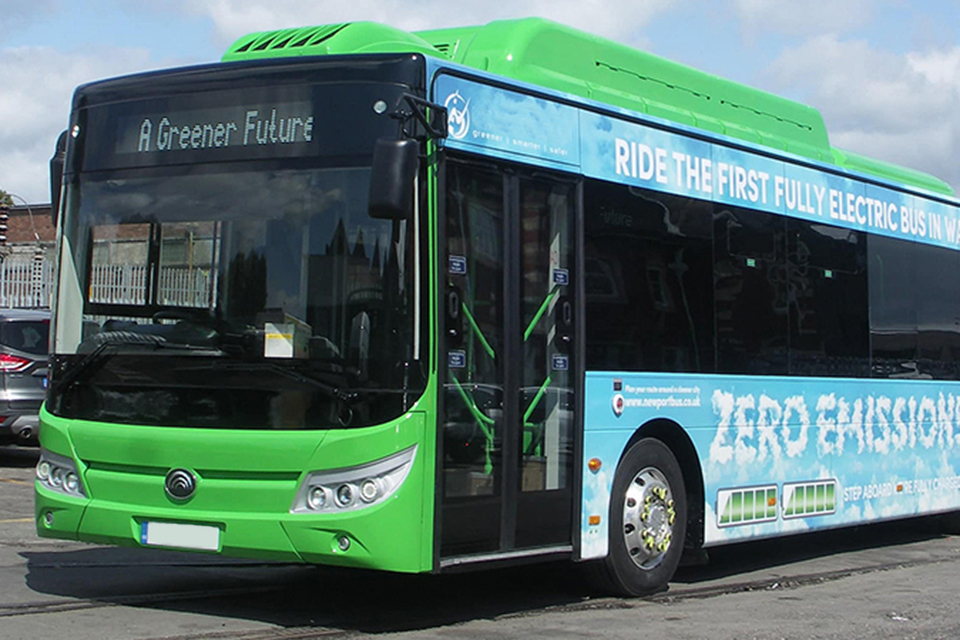Wheeling into the Future: 7 Dynamic Mobility Industry Trends for 2024
The mobility industry has witnessed a remarkable journey through history, evolving from horse-drawn carriages to the dawn of autonomous driving and the age of interconnected smart vehicles.
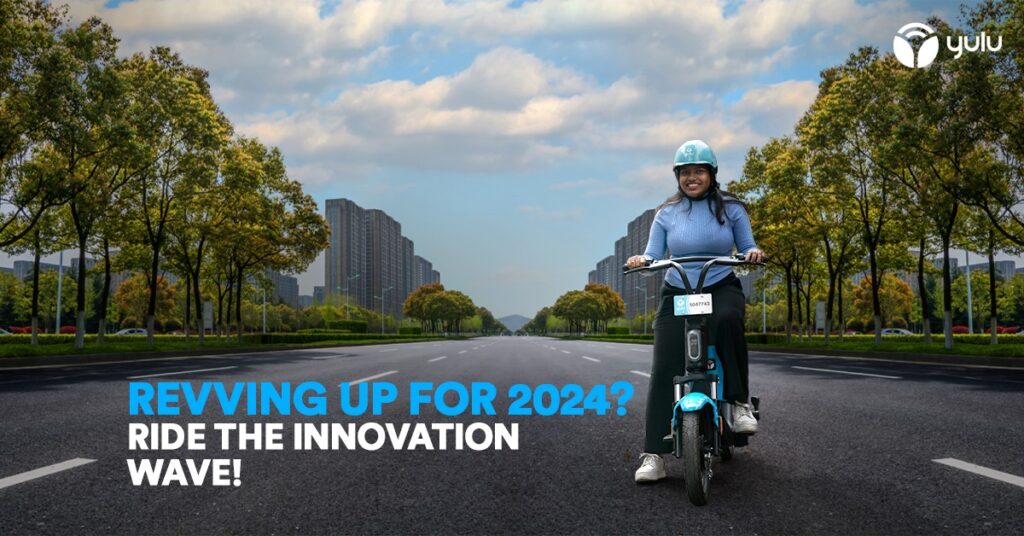
As the world struggles with a looming climate crisis, new categories like micromobility — whose market size will surpass $440 billion by 2030, according to McKinsey — have also emerged on the landscape in recent years.
As we enter 2024, the industry stands at the intersection of innovation and history, with advancements shaping how we move and commute. Let’s jump into the top mobility trends for 2024, reflecting on historical milestones that have paved the way for the present and future.
1. Autonomous Driving
Autonomous driving actually has its roots in the early 20th century. In 1925, the first successful demonstration of a driverless vehicle occurred in New York City. That car, called the American Wonder, was radio-controlled by an operator in a separate vehicle.
Fast forward to 2024, and companies like Tesla, Cruise, Google’s Waymo and Uber are investing heavily in making autonomous tech a fast-approaching reality. With the rapid developments in technology like multi-sensor integration, intelligent decision-making and adoption of new mobility solutions by people, autonomous vehicles have proved to be a major trend in the past year.
2. Mobility-as-a-Service (MaaS) and the Evolution of Transportation
The mobility as a service (MaaS) market is a model where vehicle ownership is replaced by subscription-based or “pay-as-you-use” options. MaaS typically involves a digital channel that allows a user to plan their entire trip using multiple modes of transport including public, private, and last-mile transport (like Yulu).
As cities get congested and polluted, MaaS is soaring in popularity due to its seamless integration of transportation modes, environmental sustainability, and cost efficiency. Globally the MaaS market is expected to grow from $5.7 billion in 2023 to $40.1 billion in 2030, registering a compound annual growth rate (CAGR) of 32.2%. Smart city initiatives, technological advancements, government support, and flexibility in mobility choices further contribute to MaaS becoming a transformative force in urban transportation.
Know more about upcoming electric bike innovations!
3. Micromobility
In the late 19th century, the safety bicycle became a popular mode of transportation, paving the way for personal mobility. In the 21st century, electric bikes are like those offered by shared micromobility services like Yulu, whose 5-S mantra (small, shared, smart, sustainable, safe) makes it a smart innovation in the automotive industry.
Micromobility’s rise also mirrors the reality of society today. Affordable, small and shared vehicles are best suited for city trips, which tend to be under 5km in most cases. Thus, the surge in shared mobility, including ride-hailing, indicates the rising demand for convenient, cost-effective, and sustainable transportation. Projections indicate that this sector could see $1 trillion in consumer spending by 2030.
Read how Yulu Bikes differ from conventional Two-Wheelers.
4. Artificial Intelligence: From Mechanical Minds to Digital Brains
Artificial intelligence isn’t just creating written text or works of art; it’s also revolutionising mobility worldwide. In China, Alibaba’s City Brain optimises traffic in major cities, reducing congestion by 15%. Japan employs AI for traffic management, enhancing efficiency. India’s government is investing in AI-based traffic solutions, with Mumbai deploying AI-powered signal control systems. These advancements underscore AI’s transformative impact on mobility worldwide.
In 2024, AI will be the backbone of the E-mobility industry, driving innovations in autonomous driving, predictive maintenance, and more. Yulu is a good example here — the company uses AI in its fleet and battery management operations to predict demand and to ensure optimal service availability and customer satisfaction.
5. Smart Infrastructure: Roads Paved with Innovation
Smart infrastructure has evolved with companies like StreetSense digitally mapping streets. This benefits users by offering real-time insights into traffic and road conditions, enhancing safety and convenience. The trend is set to gain momentum in 2024. Internationally, the Smart Highway project in the Netherlands showcases innovative features like glow-in-the-dark road markings, illustrating the global shift towards user-centric, intelligent road development.
6. Big Data: From Paper Trails to Digital Insights
Historically, record-keeping and data analysis were done manually. The advent of computers in the mid-20th century revolutionised data processing, leading to the creation of digital databases. This paved the way for huge data sets, which are being used to make mobility safer and more efficient for us all.
From manual record-keeping to digital insights, the evolution in transportation data has led to companies like RoadEO leveraging big data for global road safety and virtual driver assistance. Collecting data from in-vehicle sensors and satellites, RoadEO optimises traffic management, making roads safer and travel more efficient on a global scale. This reflects the pervasive trend of user-centric, data-driven mobility solutions in 2024.
Making Commuting Smarter: The Intelligent Features of Yulu Electric Bikes.
7. 3D Printing: Crafting the Future of Automotive Manufacturing
In 2024, industry leaders like Rapid DMLS and Upwego illustrate the impact of 3D printing as a defining trend. For instance, Rapid DMLS’s metal 3D printing not only reduces component weight but also enhances fuel efficiency and overall vehicle performance. These advancements showcase how 3D printing is reshaping the mobility industry by fostering innovation, reducing costs, and improving the sustainability of automotive manufacturing.
The Verdict: A Glimpse into Tomorrow’s Transportation
The next few years promise exciting developments in the mobility industry, driven by technological advancements and innovative solutions. While the pace of transformation may vary across regions, the overarching theme is a shift towards more connected, sustainable, and user-centric mobility experiences.
As these trends unfold, the world and India alike stand on the brink of a mobility revolution that could redefine the way we move and navigate our increasingly interconnected lives.
FAQs
Q1:What are the key trends in the mobility industry for 2024?
Trends like autonomous driving, Mobility-as-a-Service and micromobility will redefine the automotive landscape in the coming year and beyond.
Q2: How is artificial intelligence influencing the mobility sector?
AI is reshaping mobility, driving advancements in smart fleet management, autonomous driving, and safety protocols.
Q3: What role does 3D printing play in the automotive industry?
3D printing will have a deep-seated impact on automotive innovation as startups leverage this technology for versatile components, cost-effective prototyping, and a shift towards customizable, sustainable automotive solutions.
This article was originally published by Yulu.


